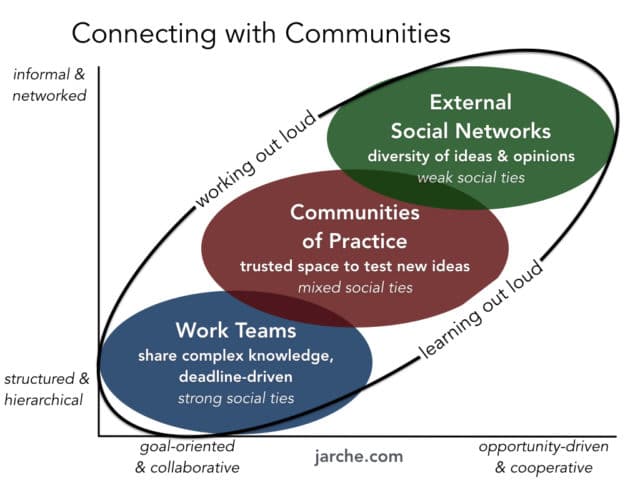Should meetings be efficient?

“Yes,” say thousands of books on how to improve business meetings. And I agree.
But “No”, when we’re talking about most meeting industry events.
Unfortunately, the meeting industry tends to assume that if business meetings should be efficient, meeting industry events should be too.
Obviously, there are aspects of meeting events that should be efficient whenever possible. For example, registration, coffee service, transporting attendees between venues, room set changes, etc.
In addition, a well-thought-out broadcast style design may be the right choice for some trainings and corporate events that require a top-down approach to achieve their objectives.
But, for meetings where you want participants to:
- learn effectively;
- form valuable connections; and
- generate valuable ideas and approaches
you need to design inefficient meetings.
How efficiency can be counterproductive
Sometimes, efficiency can be the enemy of effectiveness. Here are three examples:
“If you have ever watched a symphony orchestra you may have noticed how inefficient the musicians are. They are not utilized 100%. Most have below 50% efficiency. Imagine how good the music would turn out if all instruments were playing all the time. Such is the science of efficiency.“
—Alidad Hamidi
“The problem is that democracy is by definition slow, messy, and cumbersome. Today demands on democracy, driven by modern means of communication, are different. The pace is fast. Decisions have to be made quickly. Time for reflection and compromise is limited.”
—@AlexStubb, former Prime Minister of Finland
“My own experience consulting inside some highly successful companies (Microsoft, Apple, Hewlett-Packard, IBM, Dupont, to name a few) cannot corroborate a relationship between busyness and success. Very successful companies have never struck me as particularly busy; in fact, they are, as a group, rather laid-back.”
—Slack: Getting Past Burnout, Busywork, and the Myth of Total Efficiency, Tom DeMarco
We are not mind readers
Effectively figuring out what people want and need to learn and giving them the time and space to learn it is inefficient because learning is messy.
Successfully supporting people in making valuable connections at meetings is also inefficient because we do not know who might be valuable to meet until we are given opportunities and good process to find out about the people we’re with.
And creating worthwhile ideas and approaches through group process at meetings is inefficient because we invariably have to generate many ideas that don’t pan out to glean the few specks of gold we’re looking for.
So, should meetings be efficient?
As Alex Stubb says, we are living in a fast-paced world where time is valuable. There is continuing pressure to shorten events, in the belief that busy prospective attendees will be more likely to attend a meeting that doesn’t tie up too much of their time and money.
However, the consequent shortening of programs and sessions has a significant impact on the effectiveness of events: their ability to deliver desired learning, connection, and creative outcomes. So be careful not to destroy the effectiveness of your event in the name of efficiency.
Image attribution: mourgfile / CC

